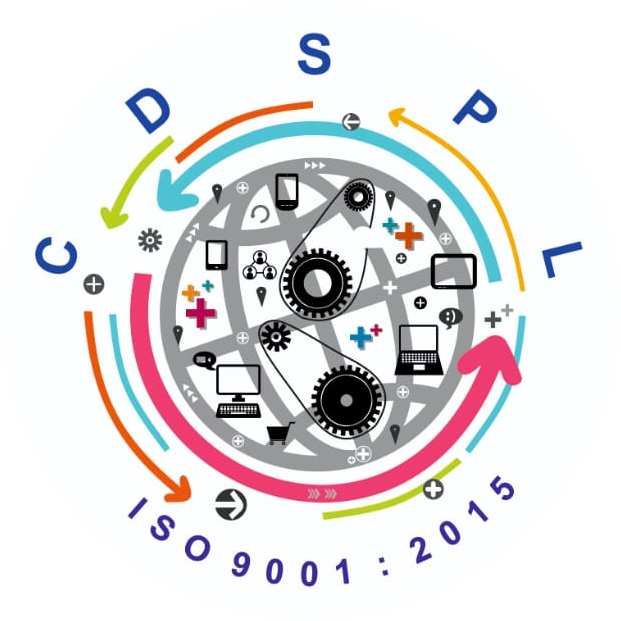Chawla Digital Systems Private Limited.
frame work development
Framework development involves creating a structured foundation or scaffolding for building applications, providing developers with pre-defined structures, libraries, and tools to streamline the development process. Here’s an overview of the key aspects involved in framework development:
- Define Objectives: Determine the goals and objectives of the framework, such as simplifying common tasks, improving code organization, enhancing scalability, or promoting best practices.
- Architecture: Design the architecture of the framework, including the overall structure, modules, components, and how they interact with each other. Choose an appropriate architectural pattern such as Model-View-Controller (MVC), Model-View-ViewModel (MVVM), or others based on the requirements of the framework.

- Core Features: Identify and implement core features that are essential for application development within the framework. These may include routing, request handling, database abstraction, session management, caching, validation, and security features.
- Modularity: Design the framework to be modular and extensible, allowing developers to easily add or remove components based on their specific requirements. Implement features such as dependency injection, service providers, plugins, or modules to facilitate modularity.
- Convention over Configuration: Follow the principle of convention over configuration to minimize the need for developers to write repetitive or boilerplate code. Define sensible defaults and conventions for naming conventions, file structure, database schema, and other aspects of application development.
- Documentation: Provide comprehensive documentation that explains the usage, configuration, and customization of the framework. Include examples, tutorials, and code snippets to help developers understand how to use the framework effectively.
- Testing: Implement testing frameworks and tools to ensure the reliability, stability, and quality of the framework. Write unit tests, integration tests, and acceptance tests to validate the functionality and behavior of the framework across different scenarios.
- Performance Optimization: Optimize the performance of the framework by minimizing resource usage, reducing latency, optimizing database queries, implementing caching mechanisms, and employing best practices for scalability and efficiency.
- Community Support: Foster a supportive community around the framework by providing forums, mailing lists, chat channels, and other communication channels for developers to seek help, share knowledge, and contribute to the development of the framework.
- Versioning and Release Management: Establish a versioning strategy and release management process to manage updates, bug fixes, and new features. Follow semantic versioning principles to communicate the impact of changes and ensure compatibility with existing applications.

